Aseem Chhabra in New York
The best of the year lists are a good way to bid farewell to what we loved, held close to us. But it is also the time to revisit memories of what took us through good times and especially bad times.
Here are my 10 favourite foreign language films (non-Hollywood, non-English language films) that played in theatres in New York City. Many of these films have travelled to film festivals around the world and even played in festivals in India.
There are two remarkable Indian films that I would have added to this list -- Ship of Theseus and The Lunchbox -- but both have not opened in the US yet.
1. A Touch of Sin
Chinese filmmaker Jia Zhangke is a familiar face in the international film arena. His films are important documents about the lives of ordinary Chinese people, mostly living in smaller towns.
In 2006, his film Still Life won the top Golden Lion at the Venice Film Festival.
A Touch of Sin, Jia’s most ambitious film to date and winner of the screenplay award at this year’s Cannes Film Festival, narrates the devastating stories of four individuals who are small pawns in China’s booming economic growth.
China’s economic model is much analysed and admired around the world. But Jia looks at the rarely told stories -- the human cost of this growth through the eyes of a miner, a migrant worker, a hostess at a seedy sauna and a factory employee.
Jin’s powerful storytelling has touched a nerve in China where the film’s release has been delayed and the director is forbidden to travel abroad. For that reason alone this great film needs to be championed and watched.
.
2. The Hunt
Image: A scene from The HuntThe Hunt’s very handsome and talented Danish actor Mads Mikkelsen won the best actor award at the 2012 Cannes Film Festival for his nuanced performance as a man accused of sexually molesting a child.
In director Thomas Vinterberg’s harrowing film, Mikkelsen plays a divorced man, father of a young teenager and a kindergarten teacher who is accused of molesting a friend’s little daughter.
The accusation reverberates through a mass-scale witch-hunt led by his neighbours, once close friends and colleagues.
As viewers we are almost taken through the details of a thriller. We know that the crime has not been committed, yet we are helpless as we watch the protagonist suffer and wonder if he will ever be able to clear his name.
The Hunt is a gripping film, often very unsettling and it will haunt viewers for days.
3. The Past
Image: A scene from The PastIn the world that the master Iranian filmmaker Asghar Farhadi creates, there are no villains -- just ordinary flawed human beings who make mistakes every day, try to make amends and somehow move on with their lives.
Farhadi’s latest drama, The Past, is set in Paris, and like his Oscar winning masterpiece A Separation, he treats his story as a thriller, revealing little details and facts, as if he is slowly pealing layers of an onion.
The Past is a story about people who cannot wipe out their history and take a little bit of their past with them wherever they go.
Farhadi is not interested in providing answers to his characters or to his audience. He does not give them easy, smooth lives and that is what makes his cinema so believable.
The Past is Iran’s official entry for the foreign language Oscar, which is quite magnanimous of the Islamic State, given that a substantial part of the film is in French.
Given Farhadi’s profile and the fact that the film is very strong, there’s a good chance it could win a nomination on January 16.
4. Blue is the Warmest Color
Image: A scene from Blue is the Warmest ColorIn Tunisian French filmmaker Abdellatif Kechiche’s much talked about Palm d’Or winner from this year’s Cannes Film Festival, two women -- one still in high school and the other who is older and in college, meet by chance when crossing the road, and fall in love.
The passionate love story ends with a lot of heartache and one of the saddest break-ups ever filmed.
Blue is the Warmest Color is often discussed for its long and very graphic sex scenes and the film’s near three hours length.
The film’s two stars, Léa Seydoux and Adèle Exarchopoulos, have spoken about how difficult it was to shoot this film and how harsh Kechiche was as a director.
But eventually Blue is the Warmest Color should be remembered as a rare love story that displays so much honesty on the screen that it makes the audience cringe with discomfort.
Yet, Seydoux and Exarchopoulos perform with such mesmerising intensity that it is impossible to look away from the screen.
5. Pieta
Image: A scene from PietaIn Pieta, Korean master Kim Ki-duk’s 2012 Golden Lion winner at the Venice Film Festival, a small time thug works for a loan shark and resorts to extreme measures to collect the money owed to his boss.
He has no qualms torturing poor and helpless clients, sometimes even in the presence of their family members.
Then the young man is visited by a mysterious woman, perhaps his mother, who may have abandoned him as a child.
Her presence brings out a rare, gentle tone to the protagonist’s otherwise terribly unpleasant life.
But soon the bizarre mother-son relationship takes the route of incest -- (although it may seem very mild compared to what Ki-duk did in his castration and blood soaked latest film Moebius).
As with several Korean films, Pieta’s violent track follows the path of guilt and then a weird form of redemption.
But the often shocking film keeps the audience engaged. It may not have the power of Bong Joon-ho’s Mother (2009), but it is deeply thrilling for lovers of Korean cinema.
6. The Great Beauty
Image: A scene from The Great BeautyDecadence and superficiality never felt more appealing than in Italian director Paolo Sorrentino’s The Great Beauty, a homage of sorts to Federico Fellini’s two undisputed masterpieces La Dolce Vita and 8 ½.
In Sorrentino’s film, Rome is a one big party town where the young and beautiful dance through the night on roof tops and mingle with the city’s rich aristocrats.
The Great Beauty takes us through the life of a 65-year-journalist who came to Rome 40 years ago and fell into what he calls the “whirl of high life.”
His goal was to become the king of that life. The parties he throws are a heady blend of sensuality, wealth, music and a lot of alcohol, even when there is an underlying sadness to him.
The film is gorgeously shot by Luca Bigazzi who makes a life of decadence enthralling and inviting.
The Great Beauty is Italy’s official entry for the foreign language Oscar, but it will be so thrilling if the film is also recognised in the cinematography category.
7. Something in the Air
Image: A scene from Something in the AirFrench filmmaker Olivier Assayas looks at his teenage years in this semi-autobiographical story that takes us back to May 1968.
As a young school and then college student, Assayas was an active participant in the rebellion of that time and he makes the protests, the late night breaking of the law and other illegal activities look appealing.
There is a tremendous romanticised thrill in watching youthful, angry protests. But we are also seeing the making of a man. For Assayas, this is also a journey to the man he became and especially his love for cinema.
Something in the Air is lovingly shot by Eric Gautier whose credits include other films by Assayas, as well as Motorcycle Diaries and Taking Woodstock.
Like those films, Something in the Air is a beautiful passage, a period piece that is not in a distant past. It is a heartwarming film that took me back to my youth and left me reflecting on what I have become.
8. Broken Circle Breakdown
Image: A scene from Broken Circle BreakdownBelgium’s official entry for the Oscars came to the US with much audience love. The film won the audience award at this year’s Berlinale, followed by the best actress (for Veerle Baetens) and best screenplay awards at New York City’s Tribeca Film Festival.
With its deep love for bluegrass music (who knew Belgians listened to such a localised American music), Broken Circle Breakdown has a sweeping romantic touch.
A young couple meets at a tattoo parlour. They perform bluegrass music in clubs, fall in love and have intense sex and produce a beautiful child. Tragedy strikes the couple early when they realise that their daughter has cancer.
Broken Circle Breakdown has a crowd pleasing quality and is a very likable film despite its tragic tone.
While it is not a tearjerker, when the tears roll (and that will happen), it feels good to cry watching the story unfold.
And then there is the music -- thoroughly enjoyable, even if one is not a fan of bluegrass. The singing is exuberant and the music flows throughout the film with an organic energy.
9. Una Noche
Image: A scene from Una NocheBritish director Lucy Mulloy’s Una Noche is a stunning drama set in the sun-drenched streets of Havana, laced with a throbbing soundtrack and sexual energy rarely captured with such maturity on the screen.
Una Noche -- winner of multiple awards at the Tribeca Film Festival -- is a story of three Cuban teenagers and their plans to escape to Florida on a raft.
The lives of the three are sad and tough, but they still strut around the brightly coloured streets of Havana as if they own the world and the future is theirs.
Mulloy spent a year in Havana before she filmed Una Noche and she manages to capture the true sexual energy of the magical city.
10. Wadjda
Image: A scene from WadjdaWadjda is unique in many ways: it is the first film from Saudi Arabia, and so the country’s first official entry for the Oscars. It is directed by a woman and its subject matter is a young girl’s desire to ride a bicycle.
It is strange for a film to come out of Saudi Arabia since the country does not have a single movie theatre.
Director Haifaa Al Mansour takes us into the world of a spunky young girl named Wadjda. She wants to be free like the boys in her neighbourhood, especially her close friend Abdullah. Most important, she wants to own a bicycle and race with Abdullah.
Al Mansour explores the daily lives of Saudi women who struggle against legal and religious restrictions and society’s written and unwritten rules – all stacked up against them.
But Wadjda’s spirit and her resourcefulness (she manages to win a Koran recital contest in school in order to get money for the bicycle) give a unique charm to the film.

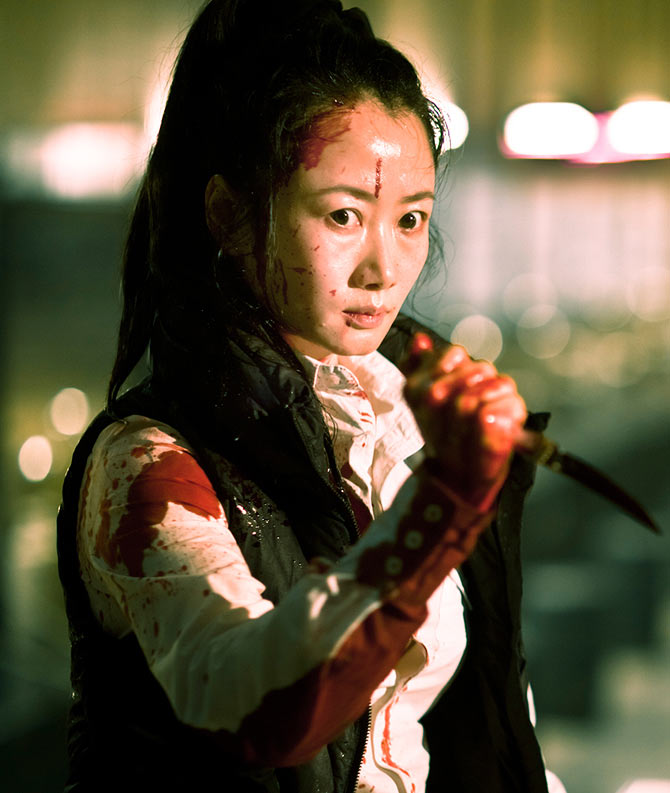

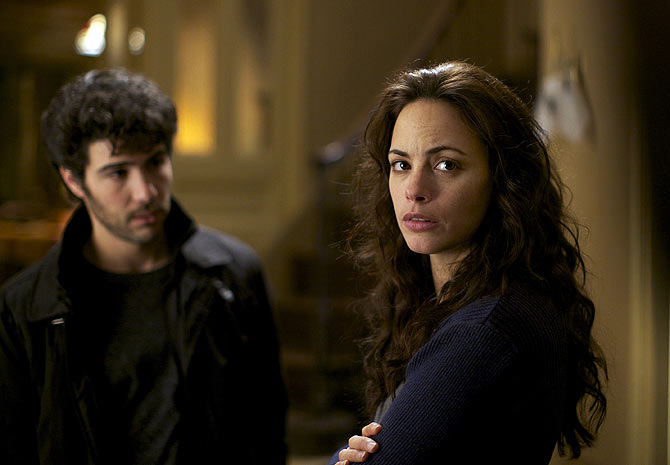

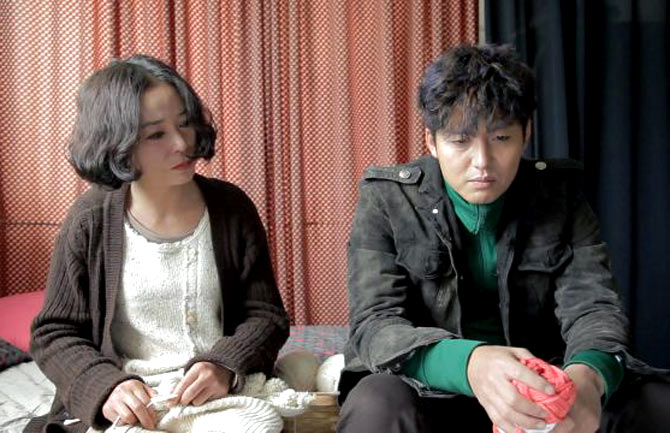
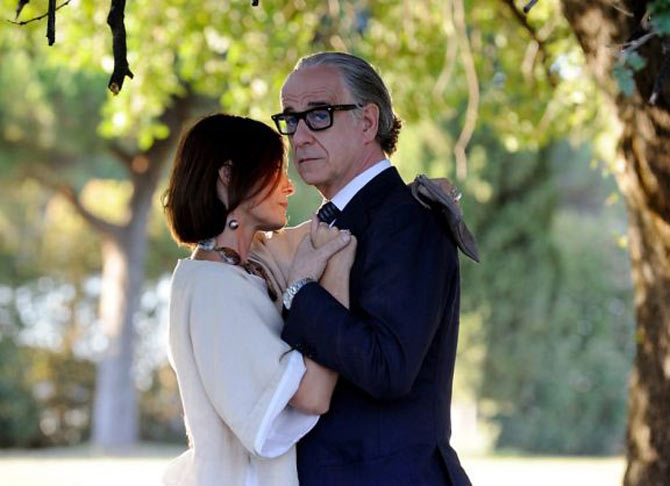
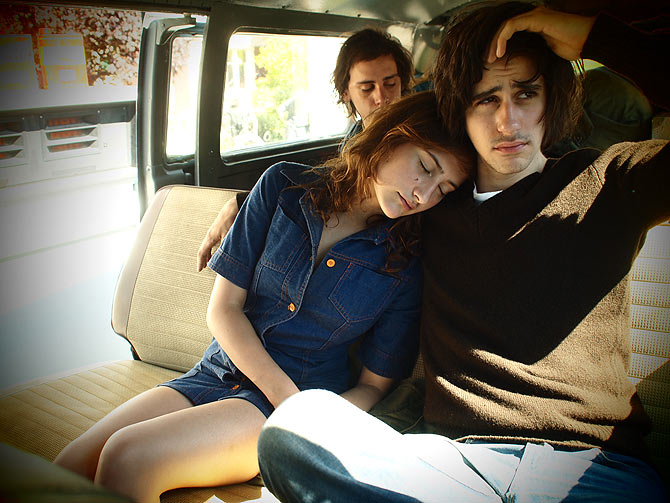
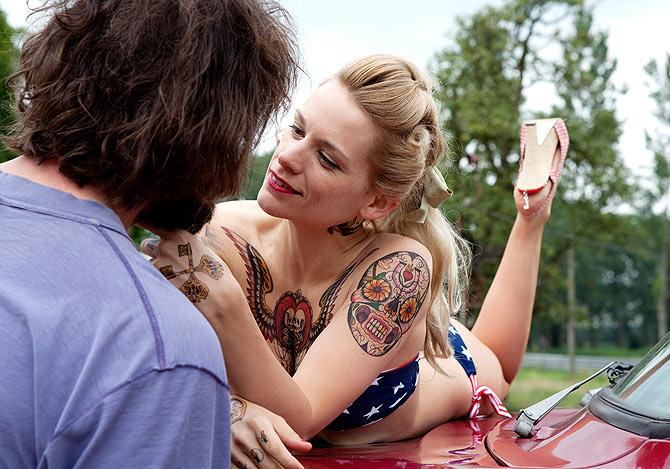

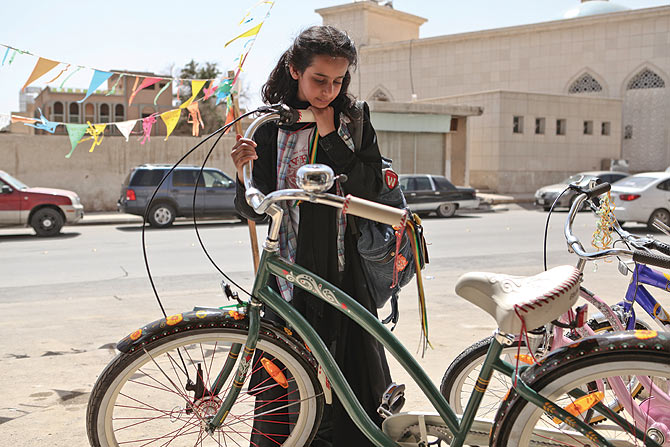
Comment
article